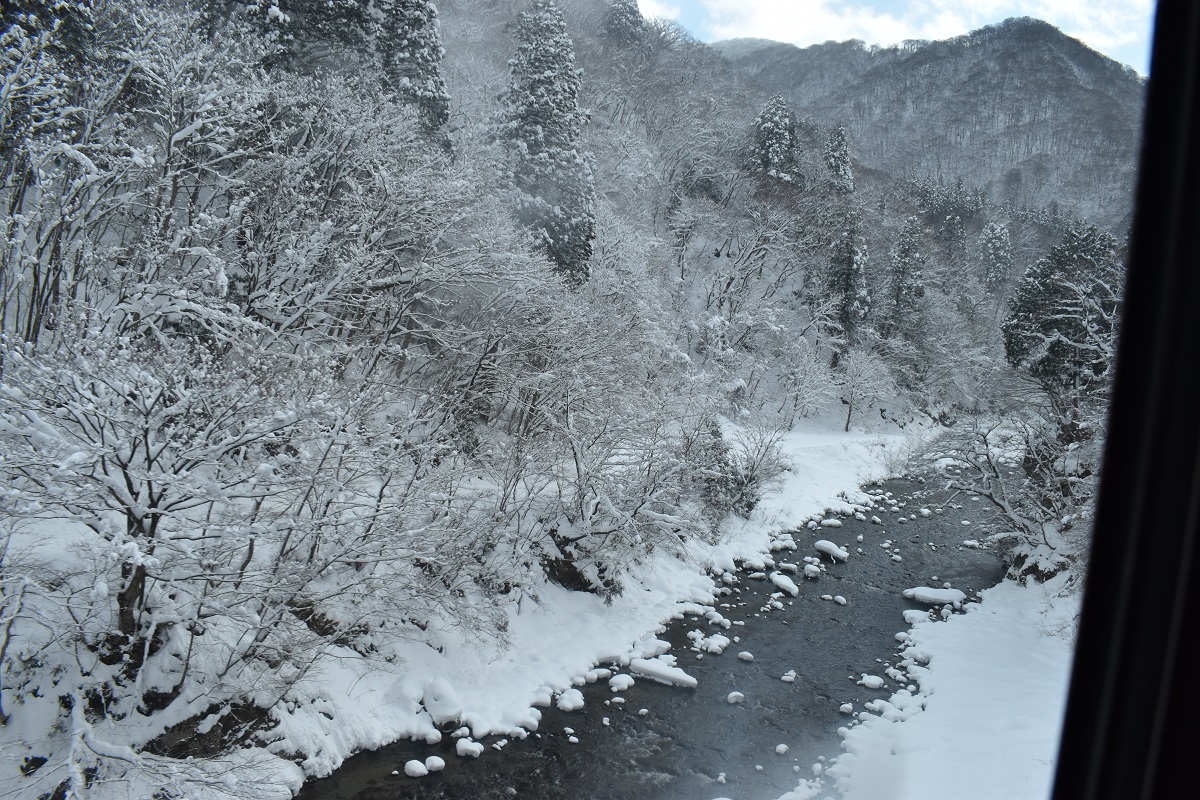What conditions make it feel like a resort? It is important not only to have a good view, but also to have a painterly color and a quiet atmosphere.
Perhaps it’s because the white birch (Shirakaba in Japanese) forest looks completely white and gives off a feeling that can’t exist in the ordinary world. So why are pure white birch forest areas created? This is because seeds in the soil stay dormant until the conditions are right, and when a forest fire or landslide leaves a ruin, they all switch to germinate all at once in order to suppress other plants and monopolize the area where they can grow as quickly as possible. That’s why there’s a white forest all around, so it’s beautiful. However, the lifespan of a tree is about 70 years, so the expression “beautiful and short-lived” can also be applied to these trees.
Lake Shirakaba View Point
Although it looks like a picturesque scene, Lake Shirakaba in the center of photos is actually an artificial lake. There is a restaurant called Asahigaoka on this lakeside that serves very delicious soba noodles. It’s more like a private house than a storefront. You can also eat rainbow trout caught in Lake Shirakaba. This is real, not artificial, indeed.
Detour (Goddess View Point on the way of Venus-Line)
Detour (Going down to Lake Tateshina on the way of Venus-Line)



































































 (source: https://www.higashiyama-kaii.or.jp/)
(source: https://www.higashiyama-kaii.or.jp/)










